
A Lagoa
Overseas site
Total pitches: 75
No. touring pitches: 68
Open 01 Jan 2025 to 14 Jun 2025
Facilities
- Dogs
- Peaceful stays
- Motorhomes
Northern Spain is the perfect destination for hiking, cycling, bird watching and fishing with its predominantly lush green landscape and expansive forests. This is a destination that delights visitors with its Mudéjar architecture, a chance to sample authentic Spanish tapas and a plethora of deliciously fresh seafood not forgetting their world famous Rioja wine. The food scene of northern Spain is widely regarded as the best of the country.
Aragón is a landlocked region in north-eastern Spain bisected by the Ebro river, with the Pyrenees Mountains to the north and Valencia to the south. Aragón is known for its ornate, Moorish-influenced architecture represented magnificently in the 1686 basílica of Nuestra Senora del Pilar in Zaragoza, the regional capital and a commercial city boasting wide boulevards and one of the most diverse gastronomic scenes in Spain.
Cantabria is an autonomous region on Spain’s north coast. Santander, the capital, is a port on the Bay of Biscay, known for its long, curving El Sardinero Beach. Some of the best mountain walks in Europe can be found here, along with great cuisine, cider houses, prehistoric caves and well preserved medieval villages.
La Rioja is a province and autonomous community in northern Spain with a world renowned local wine industry. Situated below the Cantabrian Mountains, vineyards occupy the Ebro valley and surround the old town of Haro. The region produces 280 to 300 million litres of wine per year and comprises approximately 63,593 hectares of vineyards. Local wineries (bodegas) range from small, traditional cellars to major commercial producers.

Overseas site
Total pitches: 75
No. touring pitches: 68
Open 01 Jan 2025 to 14 Jun 2025
Facilities
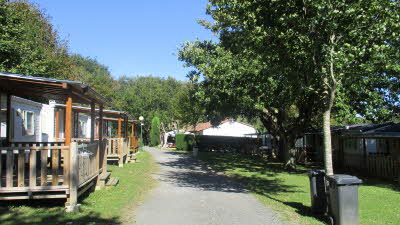
Overseas site
Total pitches: 71
No. touring pitches: 38
Open 15 Jan 2025 to 15 Dec 2025
Facilities
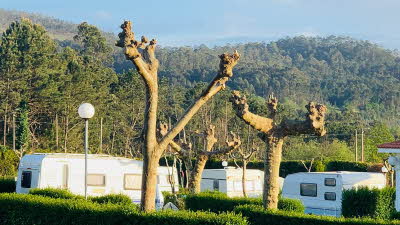
Overseas site
Total pitches: 66
No. touring pitches: 61
Open 07 Feb 2025 to 09 Dec 2025
Facilities
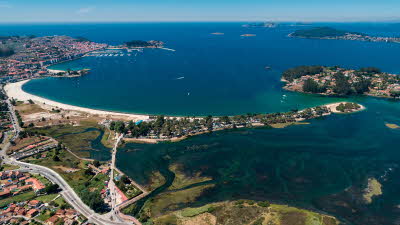
Overseas site
Total pitches: 290
No. touring pitches: 165
Open 11 Apr 2025 to 28 Sep 2025
Facilities
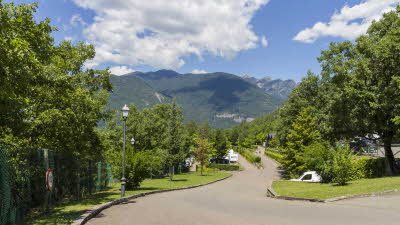
Overseas site
Total pitches: 198
No. touring pitches: 164
Facilities
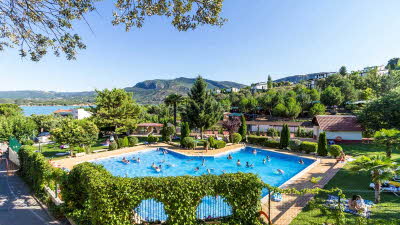
Overseas site
Total pitches: 261
No. touring pitches: 180
Open 01 Mar 2025 to 03 Nov 2025
Facilities
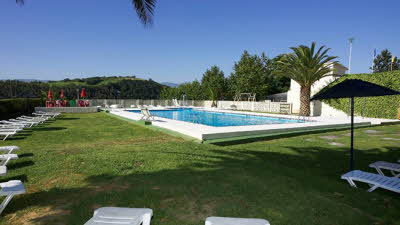
Overseas site
Total pitches: 220
No. touring pitches: 130
Facilities

Overseas site
Total pitches: 220
No. touring pitches: 130
Open 28 Feb 2025 to 08 Dec 2025
Facilities
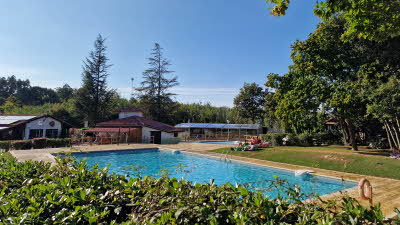
Overseas site
Total pitches: 183
No. touring pitches: 70
Facilities
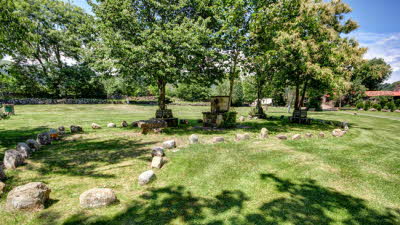
Overseas site
Total pitches: 154
No. touring pitches: 140
Facilities
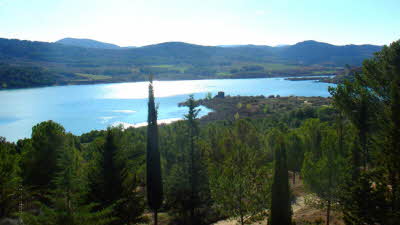
Overseas site
Total pitches: 98
No. touring pitches: 80
Open 14 Mar 2025 to 02 Nov 2025
Earliest arrival time 13:00
Facilities

Overseas site
Total pitches: 122
No. touring pitches: 112
Open 14 Mar 2025 to 01 Nov 2025
Facilities
How do I book an overseas site?
Does the Club take deposits for overseas bookings?
Is the standard of overseas sites similar to that of the UK?
This is my first visit abroad with my caravan/motorhome. How can the Club help?